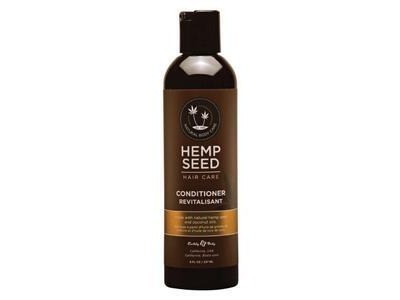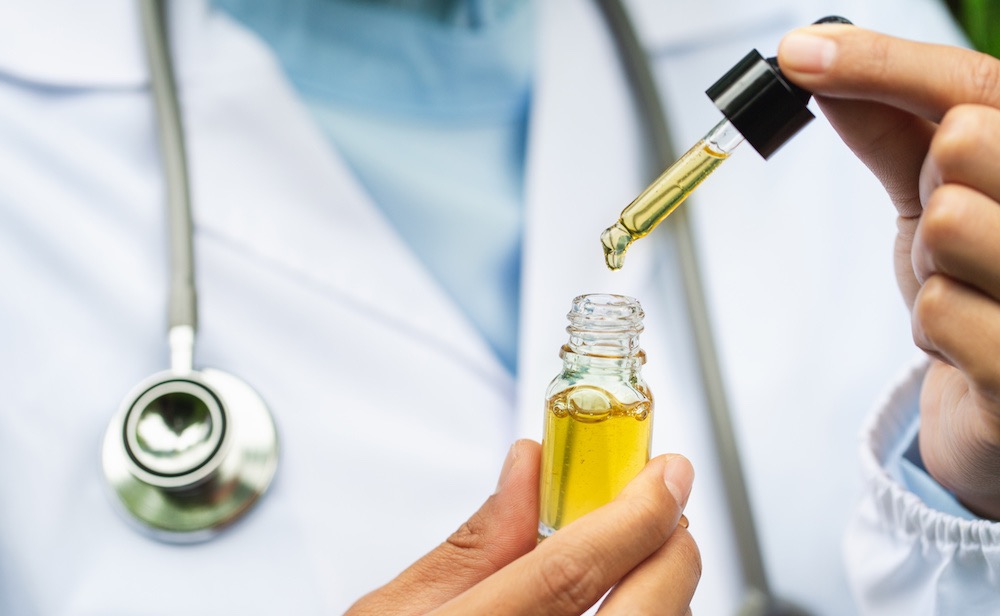
Hemp oil contains cannabinoids like CBD. These cannabinoids regulate gene expression and inhibit the production viral proteins. This makes them ideal for a number of medical uses, including pain relief. CBD has been proven to reduce beta-amyloid production.
Cannabinoids in hemp oil
Cannabinoids can be found in cannabis and hemp. They are found in the sap of hemp plants and converted to active compounds by decarboxylation. The presence of cannabinoids in hemp oil has several benefits. The process of decarboxylation can expose the cannabinoids to high heat and pressure. The reverse flash chromatography method can preserve the cannabinoids found in hemp oil.
Various analytical methods have been used to measure the concentration of cannabinoids in hemp oil products. Most commonly, HPLC with UV detectors or GC-MS are used. Users can accurately measure the amount of cannabinoids by using these methods.

Cannabidiol inhibits viral protein processing
New research has shown that the cannabidoid substance found in hemp oil may inhibit viral protein processing. It is able to bind to the spike protein of the SARS-CoV-2 viruses. This blocks the virus's entry into human cells and prevents them from becoming infected. Through grants R01, AI, P30s and National Institutes of Health the University of Chicago supported the study. The Harry B. and Leona M Helmsley Charitable Trust provided additional funding that also supported the study.
The main antiviral component of S. cusia leaves methanol extract, tryptanthrin, was found to have antiviral activity against HCoV-NL63. It prevented viral protein processing through the inhibition of papainlike protease 2.
Cannabidiol regulates gene expression
According to some reports, cannabidiol in hemp oils regulates gene expression. It has been demonstrated to alter the cis-elements within the promoter regions of genes involved in cannabinoid synthesis. CBDAS is the target gene for cannabidiol.
Receptors are protein structures which bind with ligands. The ligand binds to the corresponding binding site on the receptor and activates the gene. Its effect on the gene depends on the type of ligand. A molecule that blocks a keyhole on a receptor is an antagonist. An agonist activates the receptor.

Cannabidiol slows beta-amyloid protein production
CBD inhibits beta-amyloid production in brain cells via a variety of mechanisms. CBD can increase the expression of SOD, an antioxidant enzyme. In experiments using Huntington's and Parkinson's disease models, CBD increased SOD mRNA levels. Its ability to scavenge oxidants may be one reason for its antioxidative effects. CBD acts through receptor-dependent mechanisms, such as activating peroxisome proliferator-activated receptor gamma (PPARg), a nuclear hormone receptor. The activities of this receptor are regulated by metabolites and steroids.
CBD reduced beta-amyloid protein levels in mice and inhibited beta-amyloid production. These results suggest that CBD may have anti-inflammatory effects in the brain and slow the progression of Alzheimer's disease. Although more research is needed to confirm these preliminary findings, they are encouraging and may prove useful as a preventative.
FAQ
What are the most popular CBD brands?
These five top CBD brands are hand-picked by our team based on value, reliability, quality, and price.
They sell CBD oil products of high quality that contain less than 0.2% HCA.
We also recommend checking out our list of the best CBD sellers worldwide.
What is the size of the global CBD market?
According to Euromonitor International, the global CBD market was worth $US 3.5 Billion in 2015. This is a more than 10% increase over 2014.
This figure is expected to grow at an average rate of 12% by 2020.
CBD products are expected account for about half of all hemp products worldwide by 2020.
This includes CBD oils.
What amount of CBD do I require?
The type of product that you're buying determines how do you decide to do it.
Most CBD oils come in strengths ranging from 100mg to 1,000mg per bottle.
Some CBD products can be made in specific amounts by certain companies, such as 25mg or 50mg.
Charlotte's Web is an example of a company that makes CBD products with exact amounts of CBD and other cannabinoids.
If you're unsure whether or not CBD will work for you, start with a low dose.
You can always go up later.
Which countries have the best quality CBD?
The United States produces the vast majority of CBD products.
Canada, Australia New Zealand, Israel, and New Zealand all produce high-quality CBD products.
What are the prospects for the CBD industry in the future?
The future of the CBD industry is bright. It's easy to see why so many people are jumping on board with this sector. It's easy to see why this market is growing exponentially, with CBD products generating over $1 billion in global sales.
Statista reports that in 2019, global sales of CBD (cannabidiol) are expected to exceed $22.4 Billion. This is an almost 200% increase from 2018!
The CBD market is also predicted to grow at a compound annual growth rate of 22.5%, which equates to nearly $6.8 billion in revenue by 2022.
This is great news not only for existing businesses but also for companies looking to get into the sector. We must remember that the CBD market still has a lot of work ahead.
Can I use CBD during pregnancy?
There hasn't been enough research to determine if CBD can be used during pregnancy.
However, CBD does not appear to be a danger to the baby based upon the limited information.
Pregnant women should not take CBD unless their doctor has recommended it.
In fact, the Food and Drug Administration recently issued a warning about potential risks associated with taking CBD while pregnant.
FDA says there is evidence that cannabis usage during pregnancy can increase miscarriage risk.
The agency stated that further research is required before a firm conclusion could be drawn.
Is the CBD market growing?
Yes, it is! The answer is yes! Legalization will continue to spread across North America, and this growth will continue. This year alone, Canada legalized recreational cannabis use, while several states have passed medical marijuana laws.
As more states adopt legislation that allows medicinal marijuana access, this trend is likely to continue at least for the next decade.
The legalization of marijuana also makes sense from an economic perspective. As well as providing a lucrative alternative market for farmers, there are many other benefits to legalizing pot.
It could reduce crime rates, by decreasing illegal drug availability. It could also help governments generate tax revenue.
As legal marijuana is more popular, people may be less likely to smoke. This would result in fewer hangovers, and lower healthcare costs.
Patients with chronic pain might find that marijuana actually helps to improve their quality-of-life. Many believe that THC (the active ingredient in marijuana) helps to relieve the symptoms of nausea and muscle spasms associated with chemotherapy.
It is possible that marijuana could be used to treat mental disorders such as anxiety or depression. According to some studies, marijuana can be used to treat schizophrenia.
Even though the CBD industry looks promising, there are still many challenges to be overcome.
Statistics
- OralWhere HED is the human equivalent dose, and Km is a correction factor estimated by dividing the average body mass (BM) of the species (60, 0.020, and 0.150 kg for 11 humans, mice, and rats, respectively) and by its surface area (see: Nair et al. (ncbi.nlm.nih.gov)
- HR −16 mmHg; 95% CI −26, −6; I2 = 92%) (ncbi.nlm.nih.gov)
- however, one study also found that these effects were virtually abolished when the original media (a nutrient broth agar) was replaced with one containing 5% blood (increasing the minimum concentration to ~160 μM CBD) [179]. (ncbi.nlm.nih.gov)
- The inhibition of FAAH is predicted to lead to an increase in brain and plasma concentrations of AEA, which acts as a partial agonist at CB1R and CB2R, thereby increasing endocannabinoid tone [92, 110]. (ncbi.nlm.nih.gov)
- While the primary injury may not be treatable, interventions that attenuate secondary sequelae are likely to be of benefit [203].Only one study (ncbi.nlm.nih.gov)
External Links
How To
What are the main issues with the CBD industry.
The current market for CBD products is growing at an incredible rate. Businesses looking to get into this market face many obstacles. These include a lack of consumer awareness, high cost of entry, limited access to capital, and regulatory uncertainty.
Many consumers do not know what CBD is or how it works. This means that consumers are unable make informed decisions about purchasing CBD products.
CBD companies heavily rely on word-of-mouth advertising. This is costly, as it requires advertising and the hiring of staff to promote their brand.
Another problem for new entrants to CBD is the high price of production. CBD products require a lot of raw materials. CBD oil can only be made if hemp is grown in the right climate and soil conditions.
For CBD oil to be produced, you need to plant enough hemp. This costs about $1,000 an acre. Because of this, many small farmers are unable to afford to grow enough hemp for CBD oil.
Another challenge new entrants face in the CBD market is the lack of access to capital. Because of the stigma associated with this industry, many people are discouraged from opening a business.
The sale of CBD products is still subject to regulatory uncertainty. There are no guidelines for how CBD products should market.
Despite some states having passed laws restricting the sale CBD products, this is not yet a national policy.
Only two states, Nevada and Maine, have yet to legalize recreational marijuana.
Massachusetts and Michigan have considered similar measures.
These changes could result in increased competition between CBD manufacturer.
As a result of these factors, many entrepreneurs choose to work from home rather than start a physical business.